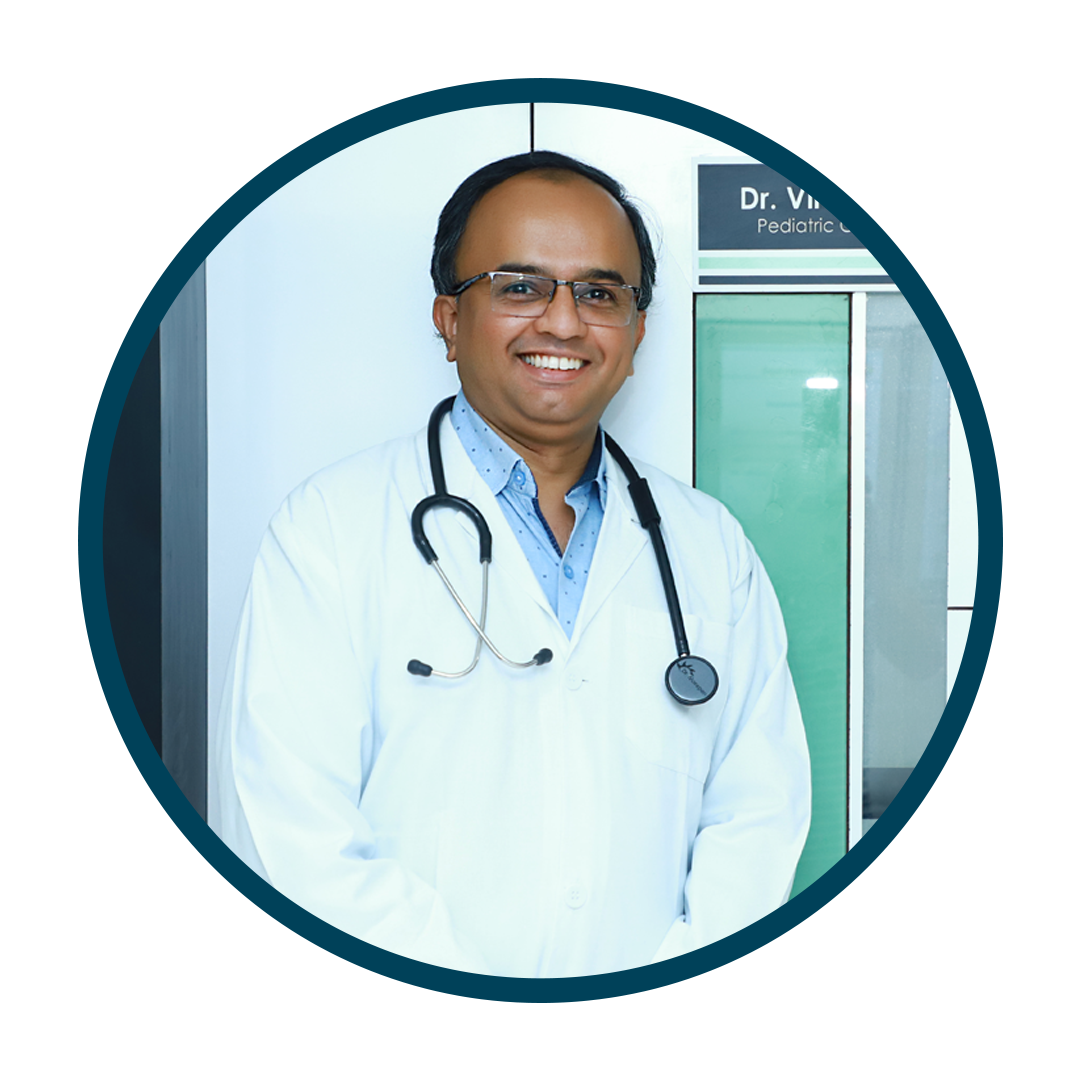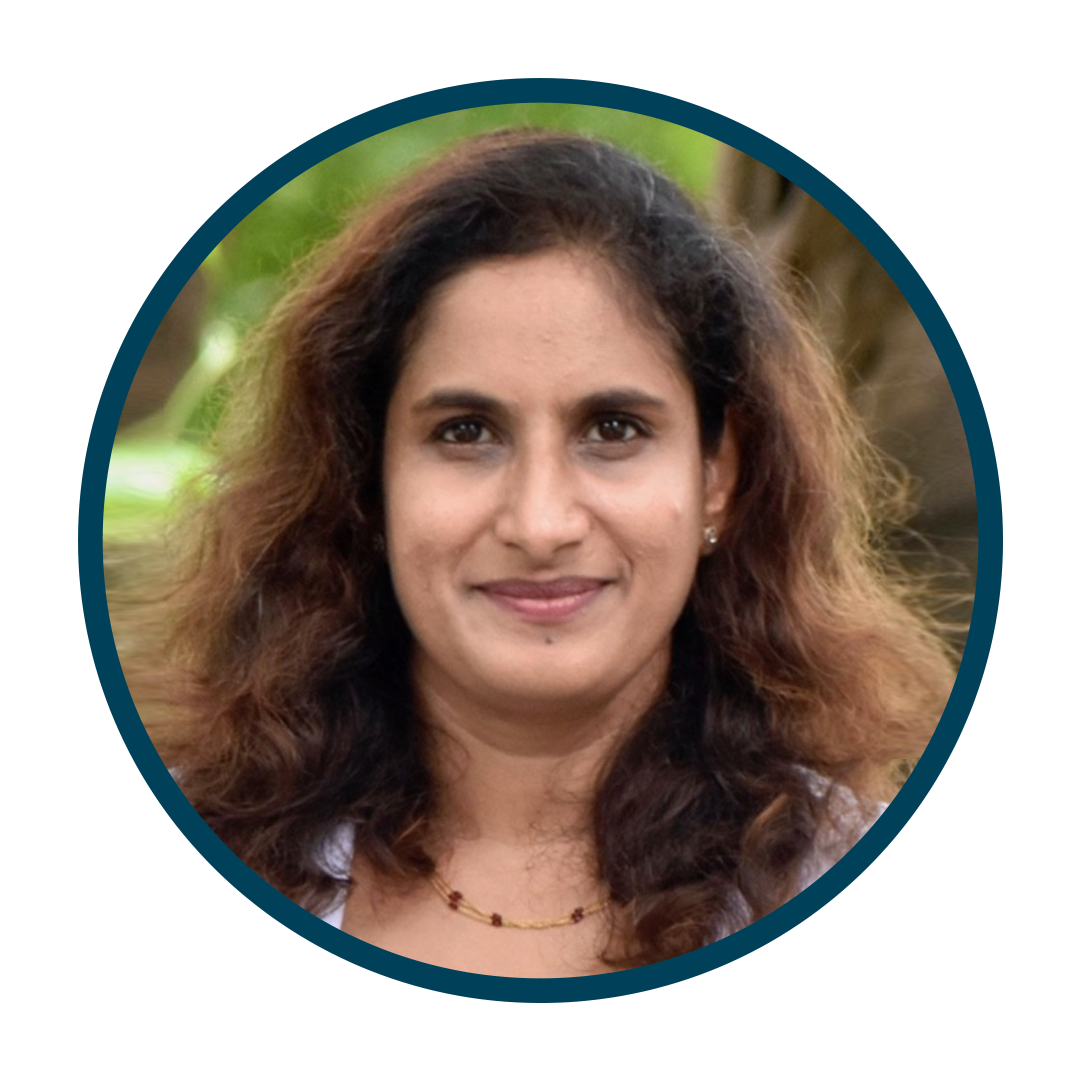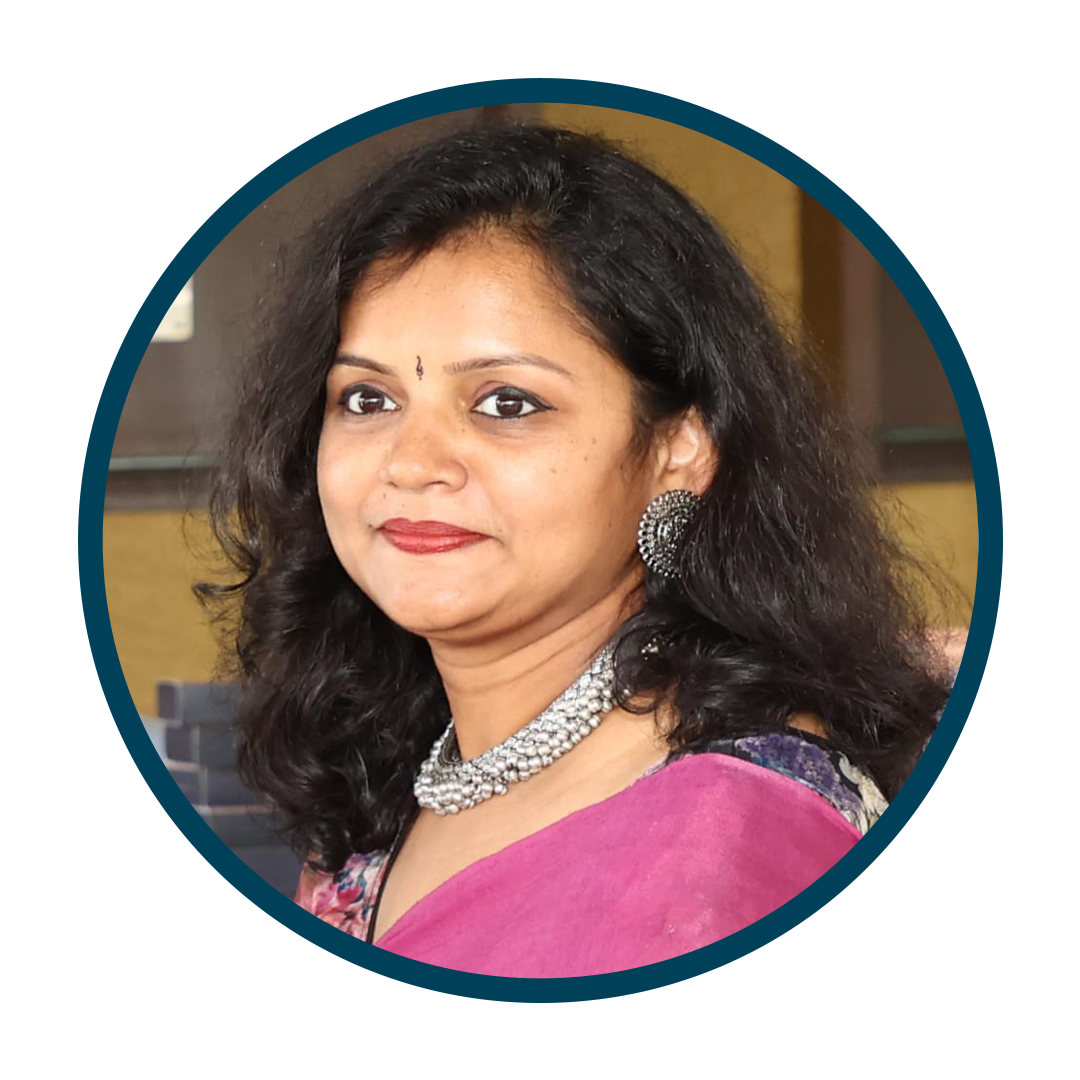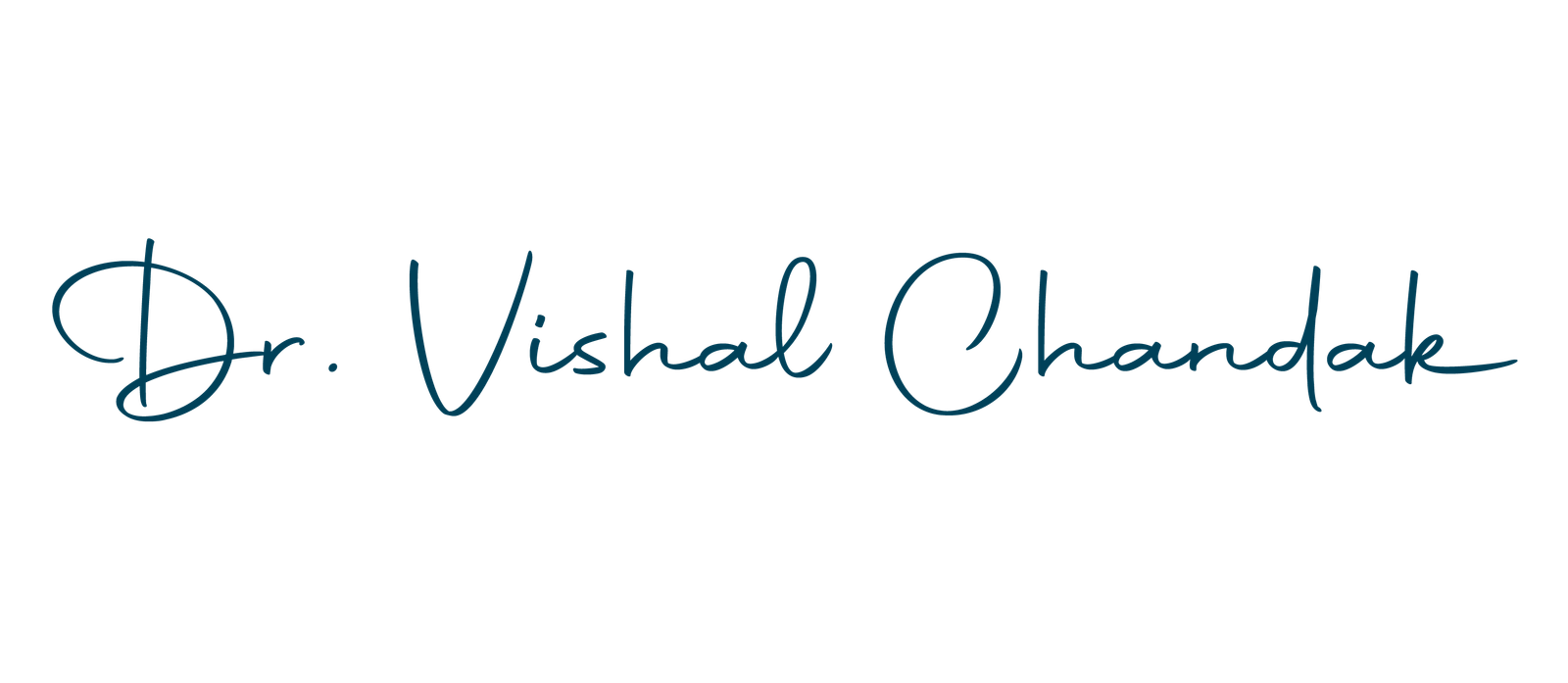1
2
What is Orthopedic Trauma Care?
Orthopedic trauma care involves the diagnosis and treatment of bone and joint injuries resulting from accidents, falls, or sports-related incidents. It focuses on restoring function and mobility while minimizing long-term complications.
Conditions with Symptoms
Identifying Orthopedic Trauma: Recognizing Common Injuries and Their Telltale Signs
Book an Appointment
Book an appointment with Dr. Vishal Chandak for expert Orthopedic Treatments & Consultations

Fractures
Breaks in bones resulting from trauma
- Swelling & Pain
- Deformity
- Difficulty moving the affected limb

Dislocations
Displacement of bones from their normal positions within a joint
- Severe pain
- Inability to move the joint
- Visible deformity

Soft Tissue Injuries
Damage to muscles, ligaments, or tendons
Swelling & Pain
Bruising
Restricted movement

Growth Plate Injuries
Fractures involving the growth plates in children.
- Swelling & Pain
- Possible limb deformity
- Length discrepancy
3
What is the Treatment?
Treatment for orthopedic trauma may involve:
- Immobilization: Casting or splinting to stabilize fractures or dislocations.
- Reduction: Manipulation of bones to restore alignment, either closed (without surgery) or open (with surgery).
- Surgical Fixation: Internal fixation with screws, plates, or rods to stabilize severe fractures or dislocations.
- Rehabilitation: Physical therapy to regain strength, range of motion, and functional abilities post-injury.
How Dr. Vishal Chandak Stands Apart?
Dr. Vishal Chandak sets himself apart in orthopedic trauma care with:
Vast experience in treating pediatric fractures and musculoskeletal injuries.
Expertise in growth plate considerations and age-specific treatment approaches.
Comprehensive approach focusing on long-term functional outcomes and minimizing complications.
Personalized care and compassionate support for patients and their families.
Dr. Vishal Chandak stays updated with the latest orthopedics, ensuring cutting-edge treatments for patients.
Dr. Vishal Chandak works closely with specialists to provide comprehensive care, promoting holistic treatment approaches.
4
Our Process
Growth Plate Considerations
- Children possess growth plates, vital for longitudinal bone growth.
- Fractures involving growth plates demand meticulous management to prevent growth disturbances.
- Restoration of anatomical alignment while preserving growth plate integrity is crucial.
Age-Specific Treatment Approaches
- Management varies based on age, skeletal maturity, and fracture type.
- Younger children may benefit from conservative approaches like closed reduction and casting.
- Older children nearing skeletal maturity may require surgical interventions, especially for growth plate fractures.
Long-Term Monitoring and Follow-Up
- Pediatric fractures mandate ongoing monitoring for bone healing and growth progression.
- Regular follow-up detects and manages growth disturbances and potential complications.
- Imaging modalities like serial radiographs or MRI aid in assessing growth plate status and overall bone health.
Rehabilitation and Functional Recovery
- Rehabilitation is integral for functional recovery post-fracture.
- Physical and occupational therapy restore strength, range of motion, and functional abilities.
- Individualized programs tailored to age and injury severity optimize recovery.
Education and Counseling
- Educating parents on fracture nature, treatment options, and follow-up importance is crucial.
- Counseling addresses concerns regarding growth disturbances, skeletal health, and recovery timeline.
5
Our Facility
6
Our Support Team
Consultant Paediatrician

Dr. Atish Laddha
Paediatric Haemato-Oncologist

Dr. Shraddha Chandak
Paediatric Orthopedic surgeon

Dr. Viranchi Vaidya
Consultant Paediatric Nephrologist

Dr. Pankaj Bhansali
Paediatric Neurologists
Rehab Specialists

Dr. Varsha Vaidya

Dr. Madhavi Shelake
Rehab Specialists

Dr. Sandip Saraf

Dr. Pooja Patel

Dr. Monali Nawal
Paediatric Anaesthesiologist

Dr. Shivraj Chilwant

Dr. Prasad Deshpande

Dr. Renuka Marawar
7
Frequently Asked Questions
What types of injuries does orthopedic trauma care treat in children?
Orthopedic trauma care treats a wide range of injuries in children, including broken bones, sprains, strains, dislocations, and growth plate injuries.
How does orthopedic trauma care differ for children compared to adults?
Children’s bones are still growing and developing, so treatment approaches may differ from adults. Pediatric orthopedic trauma surgeons are specially trained to address these differences.
What can I expect during my child's orthopedic trauma appointment?
The doctor will ask about your child’s injury, perform a physical examination, and may order X-rays or other imaging tests. Treatment options will be discussed based on the specific injury.
How long does it take for children to recover from orthopedic trauma?
Recovery time depends on the severity of the injury. Dr. Chandak will provide a personalized recovery plan for your child.
Are there ways to prevent orthopedic trauma in children?
Using appropriate safety gear during activities, childproofing your home, and proper supervision can help prevent many childhood injuries.
What are the warning signs of a serious orthopedic injury in a child?
Signs like severe pain, deformity, inability to bear weight, or numbness require immediate medical attention.
Will my child need pain medication after orthopedic trauma treatment?
Dr. Chandak will recommend appropriate pain management options based on your child’s needs and age.
How can I help my child cope with pain and anxiety after an orthopedic injury?
Comfort, distraction, and age-appropriate explanations can help your child manage pain and anxiety during recovery.
